Business Process Modeling Project: Birkbeck University Case Study
VerifiedAdded on 2023/06/04
|20
|2867
|276
Project
AI Summary
This project analyzes a Business Process Modeling (BPM) assignment centered around a case study of Birkbeck University. The assignment begins with an introduction to the challenges faced by the university, such as a decline in part-time student enrollment and data inefficiencies. The objectives were to enhance data quality, minimize duplication, and implement an operational excellence program. The project details strategies used to meet these objectives, including workshops and the implementation of a software solution (Bizagi). Several BPM diagrams illustrate various processes, including shipment, ordering, incident management, and order fulfillment. The project then explores the application of Enterprise Architecture (EA) and BPM, including their relationship and how changes to EA blueprints impact BPM processes. The summary also addresses how BPM activities affect EA, and how to handle exception requests. Further, the project identifies process segments, business entities, attributes, and relationships within the BPM. The project concludes with a discussion on Collaborative Business Process Engineering (CBPE) and its application to a case study of MAS VENUE SERVICES and Ford's procurement process.
1 out of 20

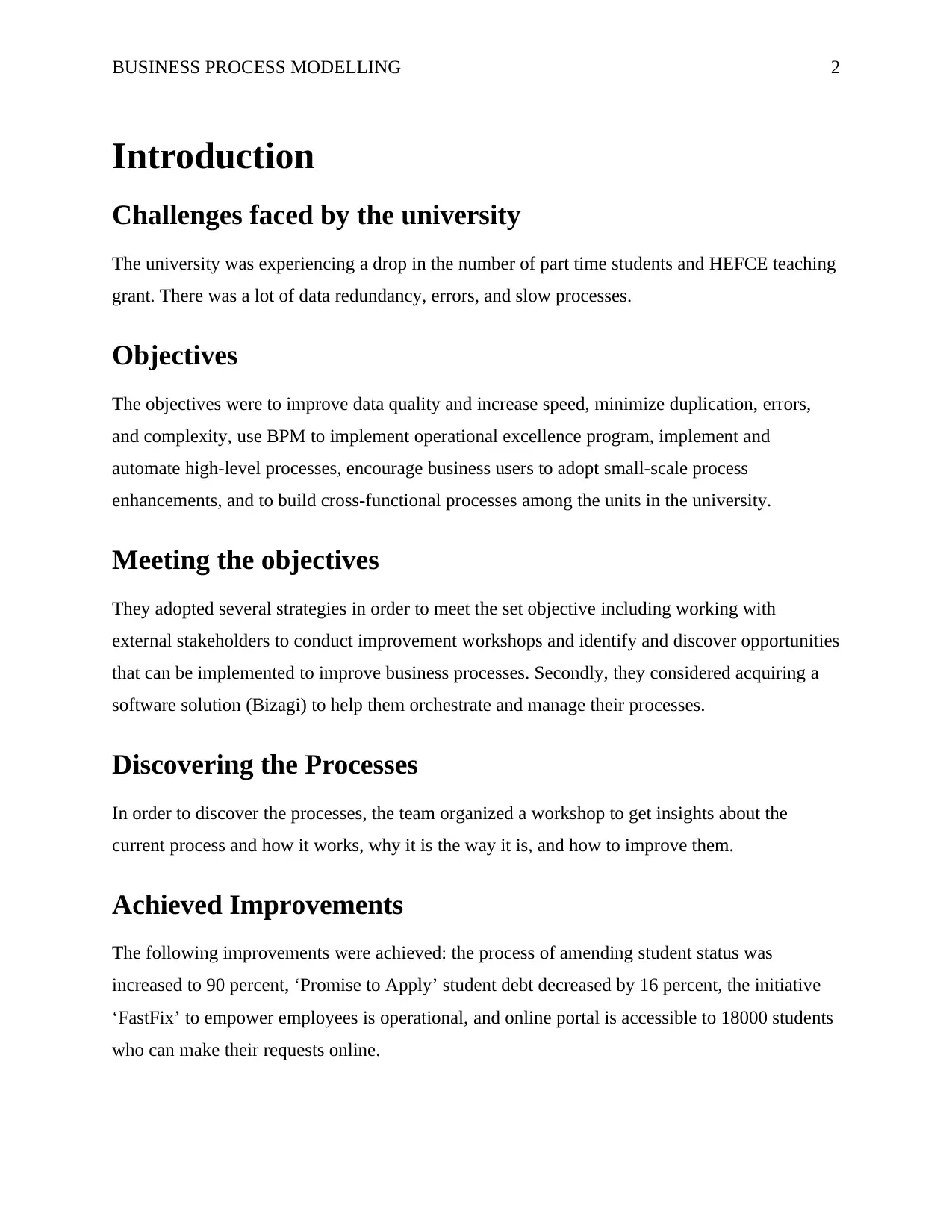
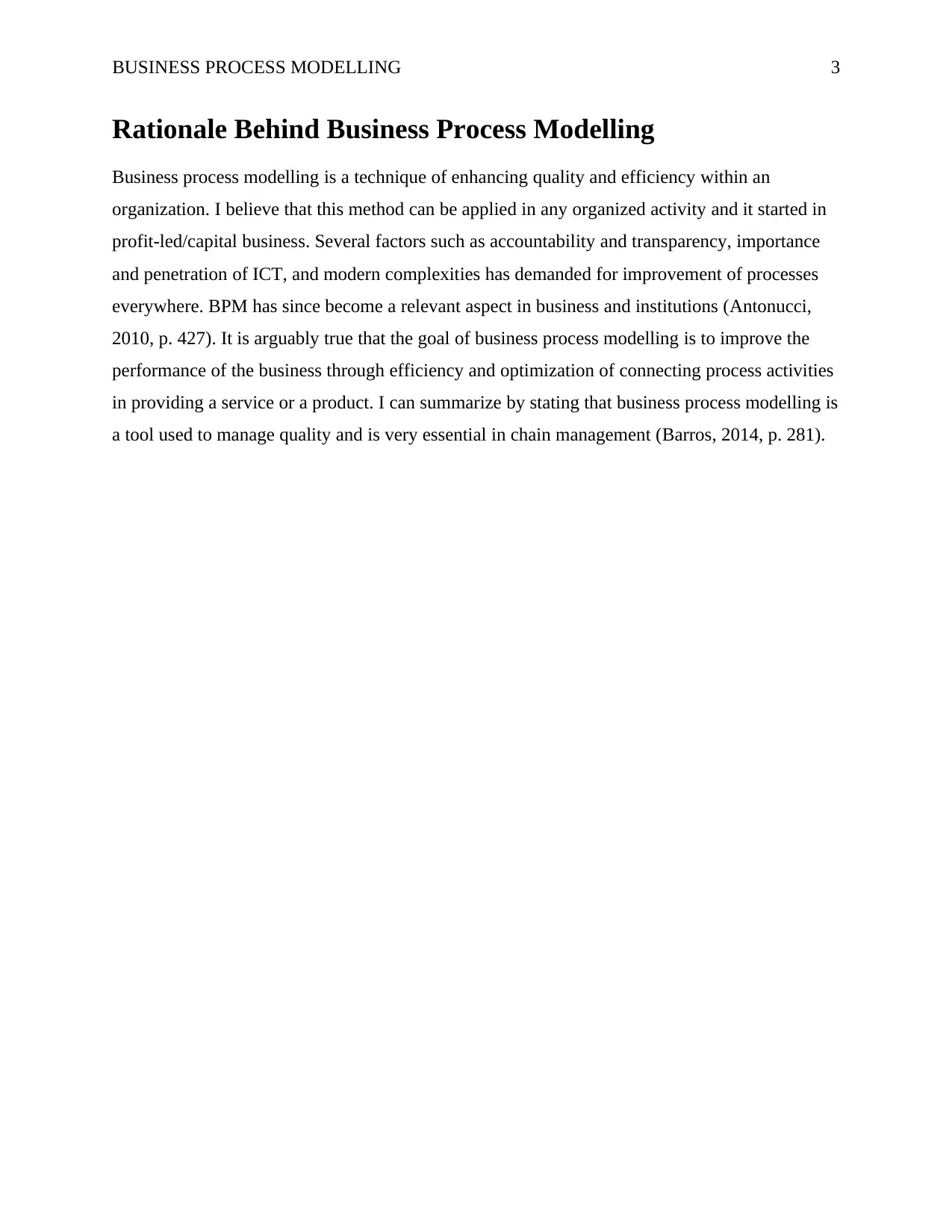

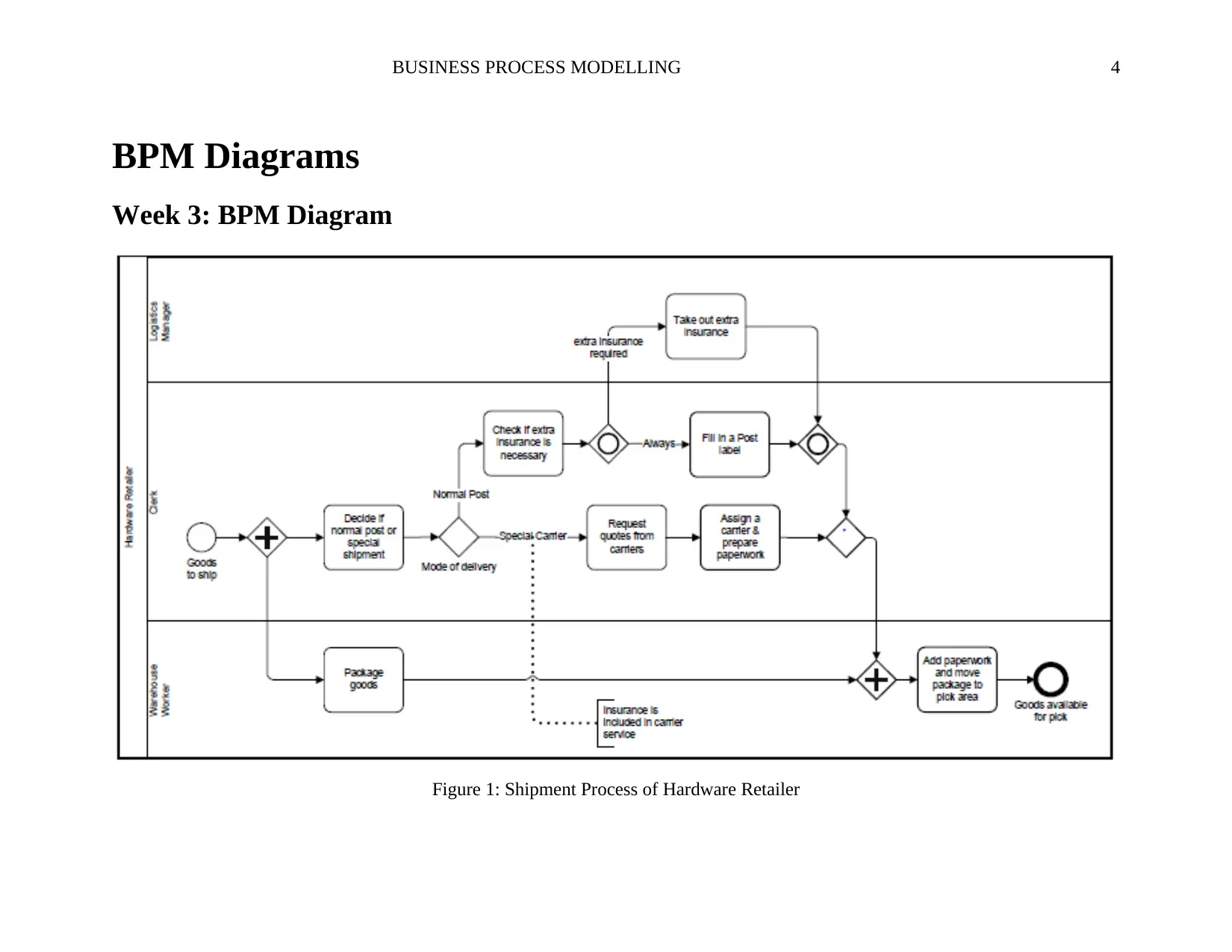
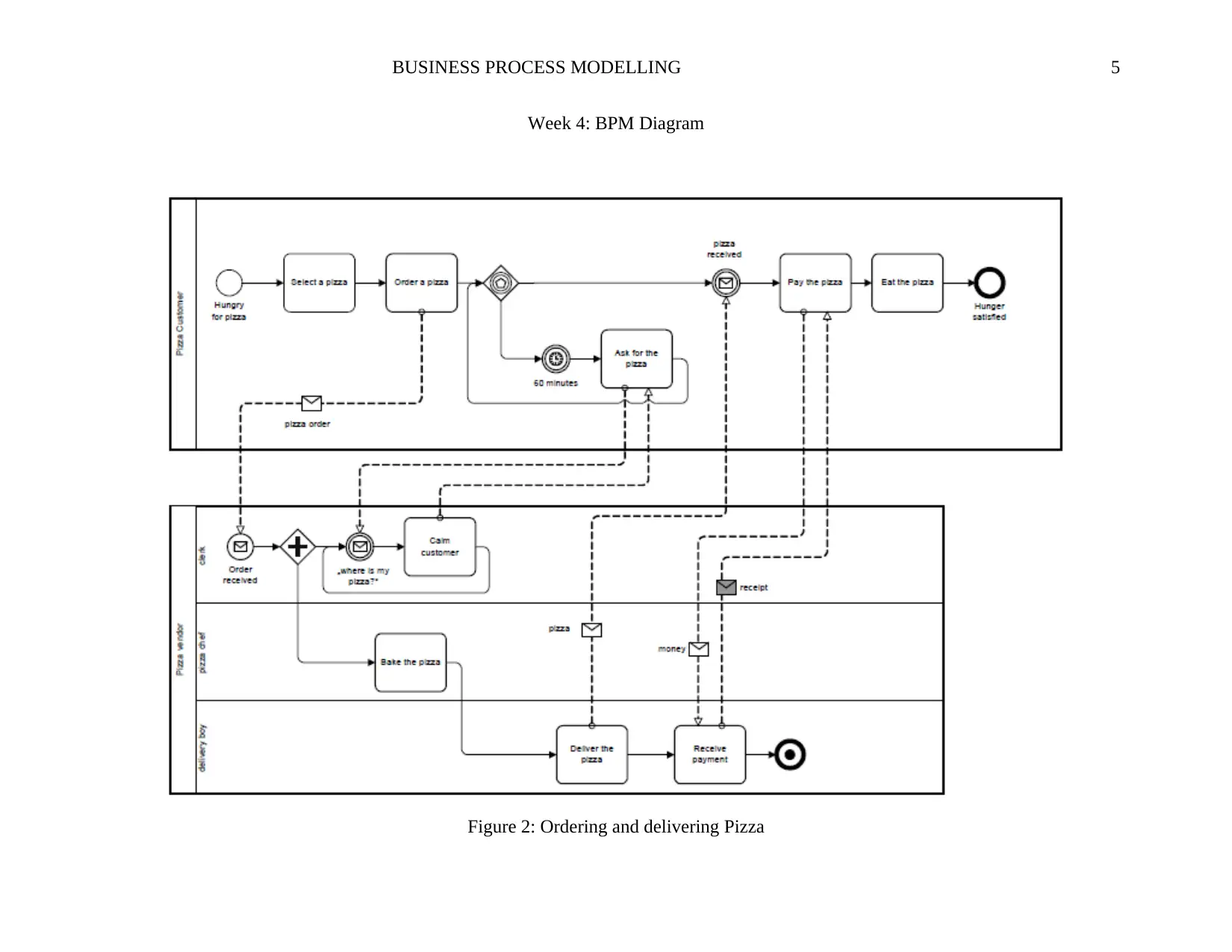
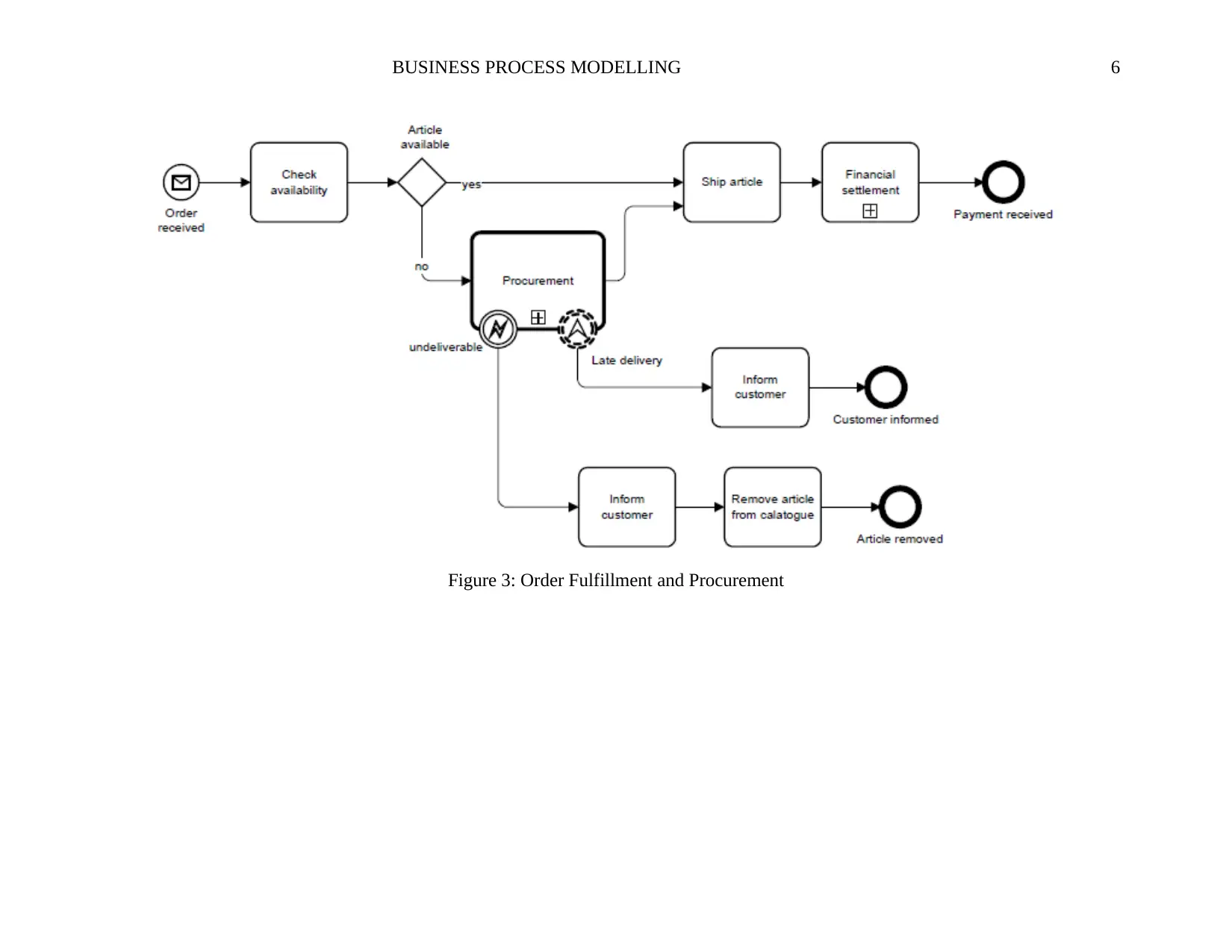
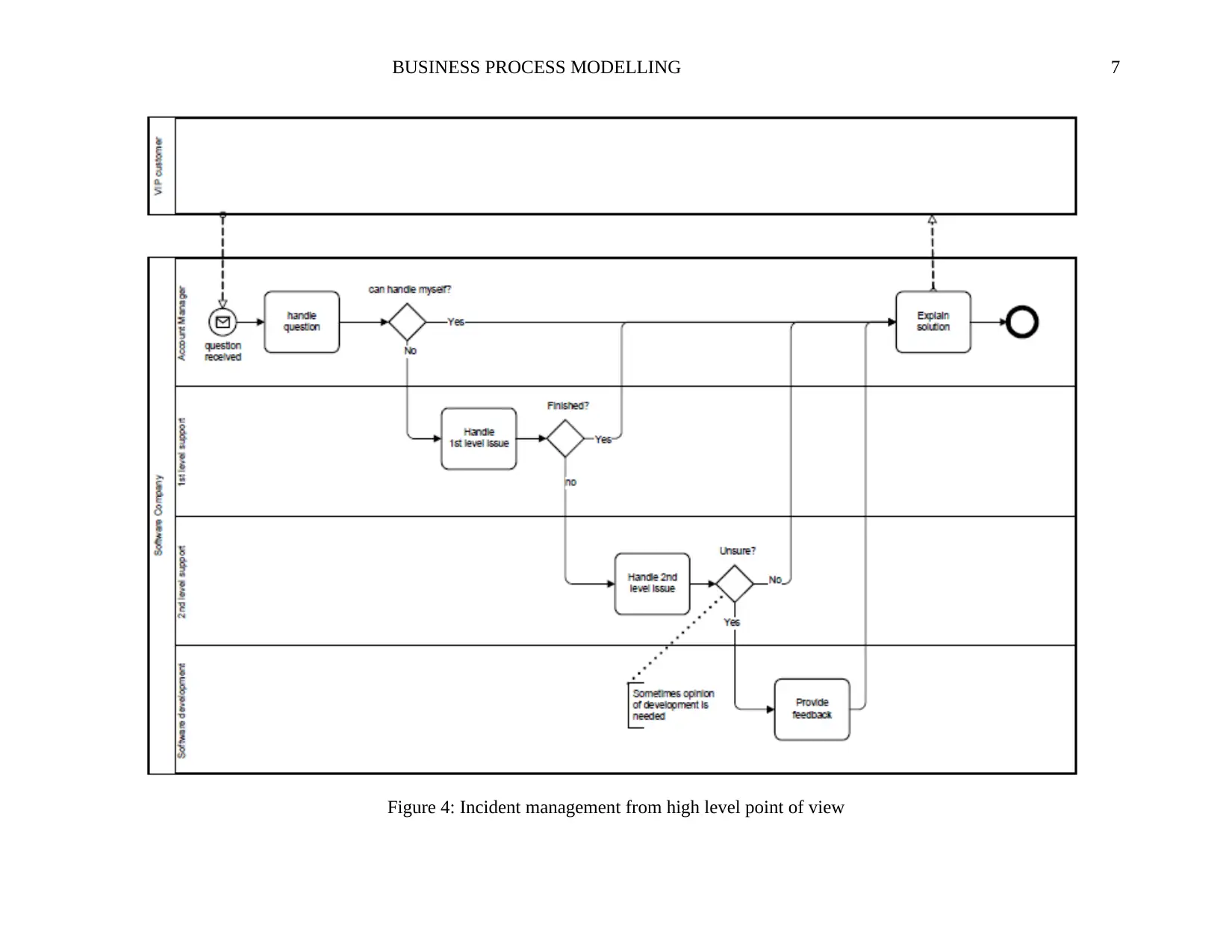
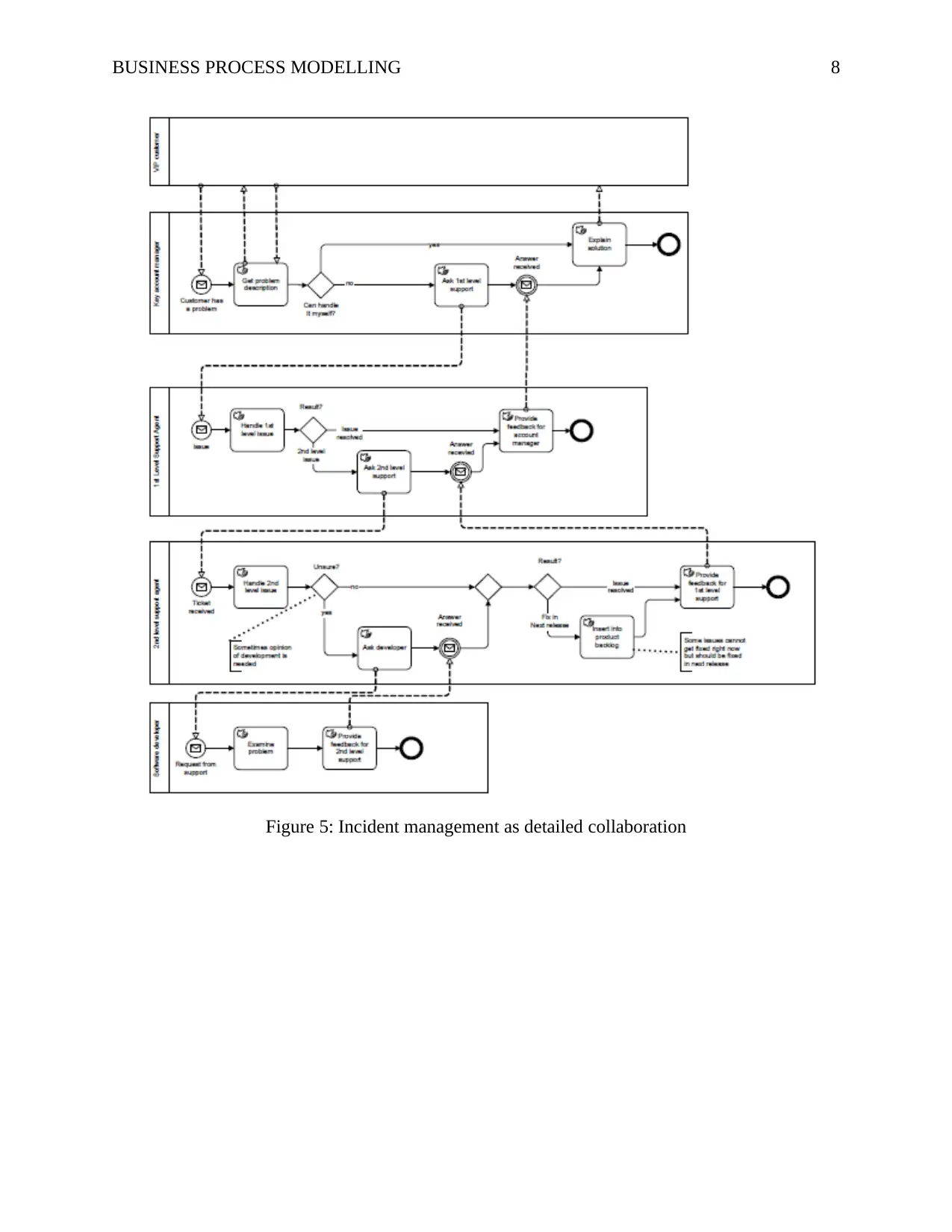
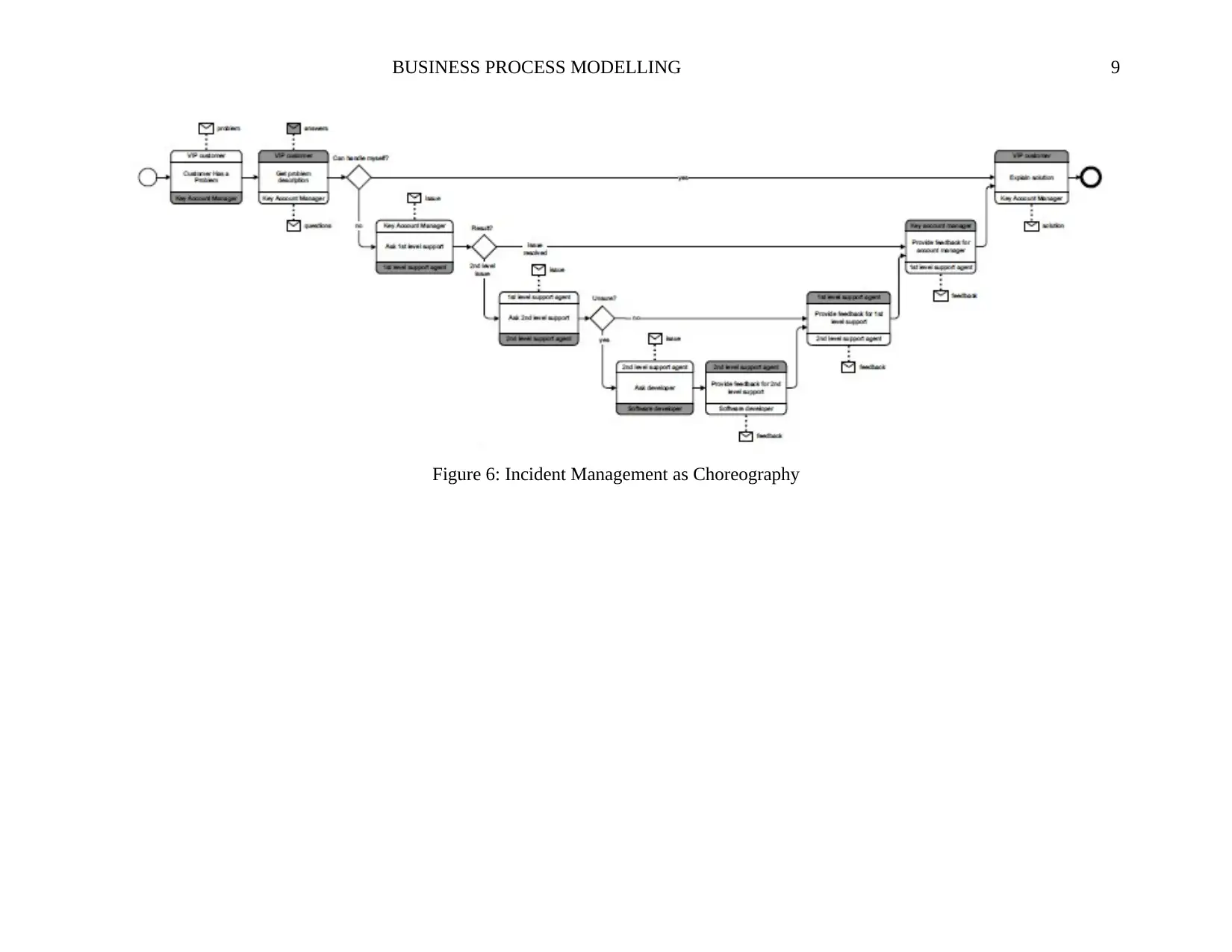
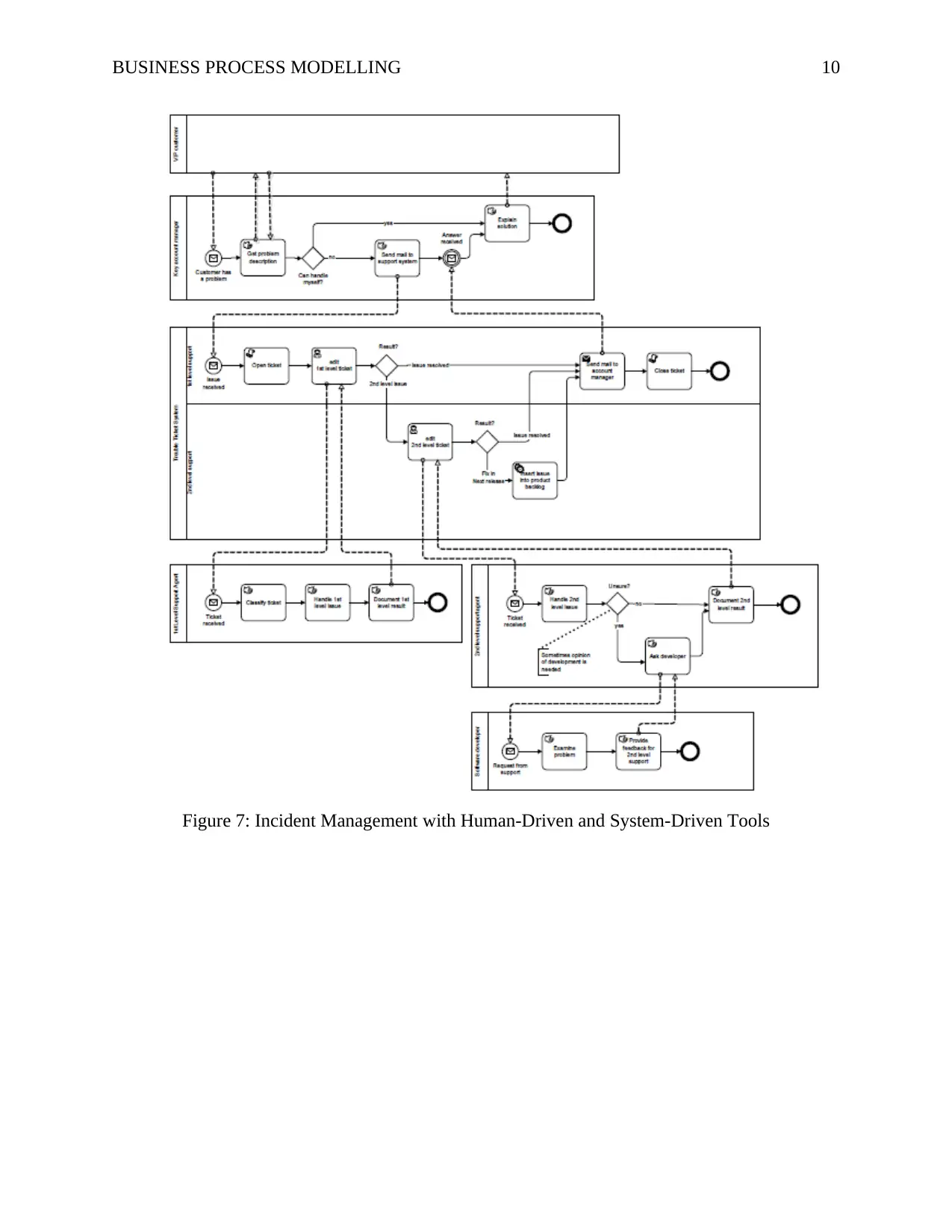
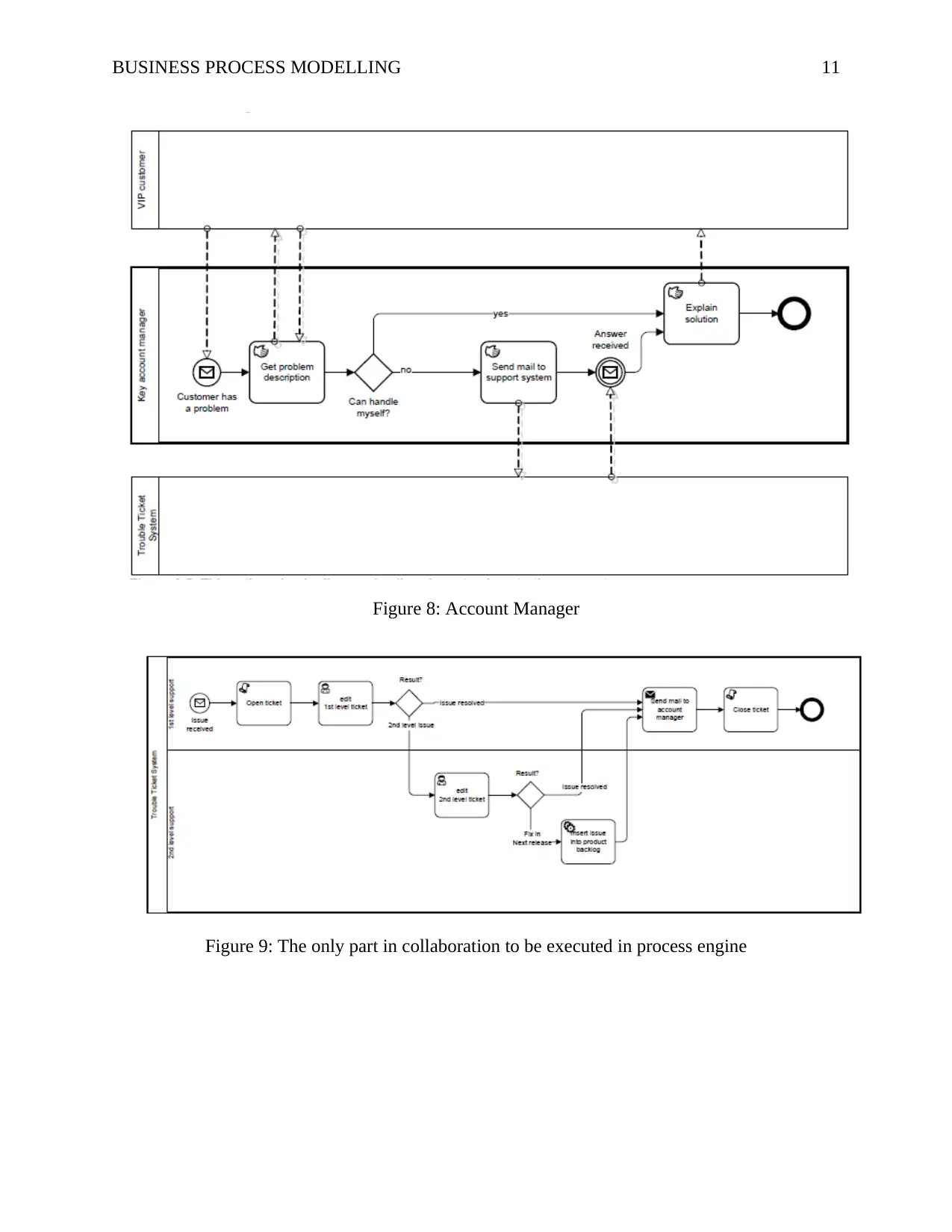
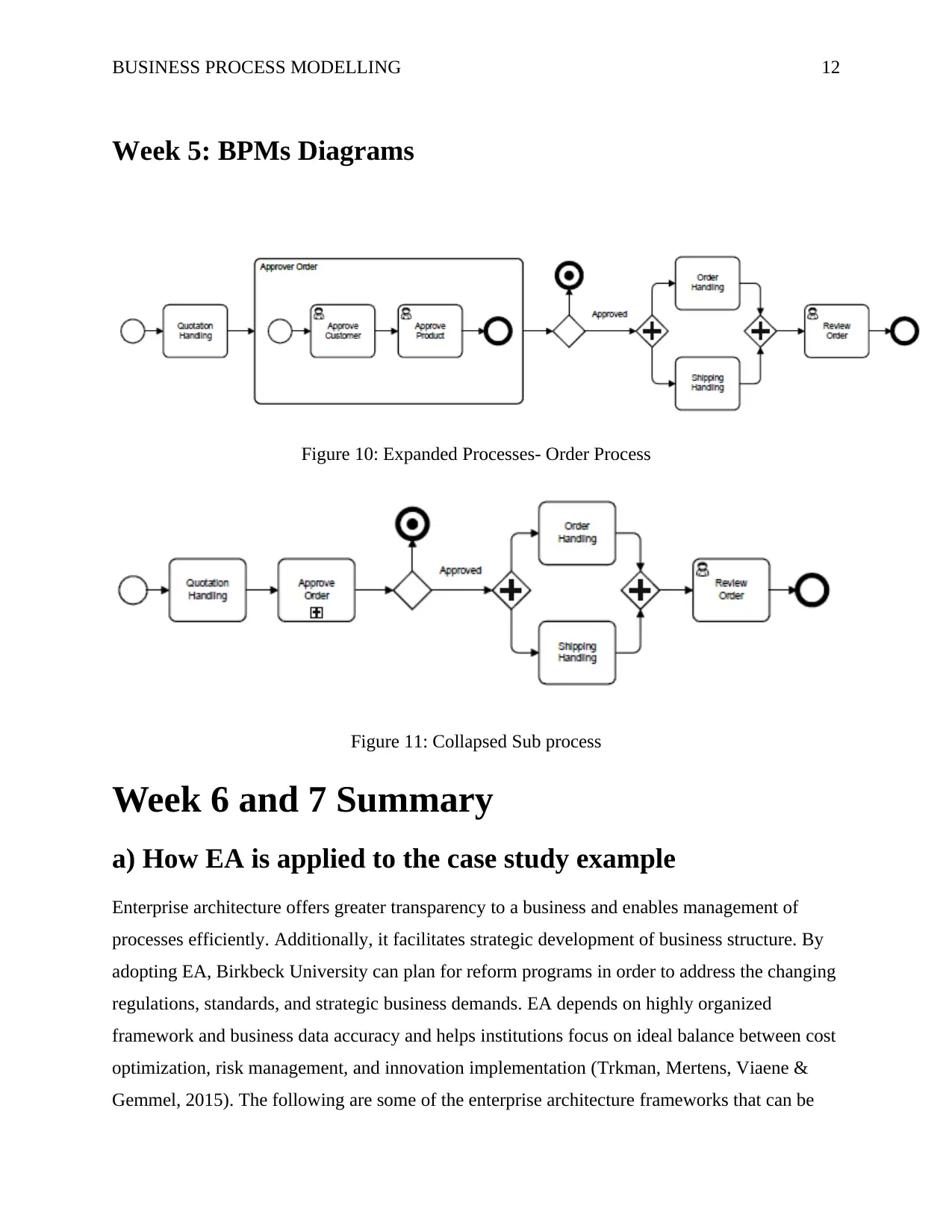




![[object Object]](/_next/static/media/star-bottom.7253800d.svg)